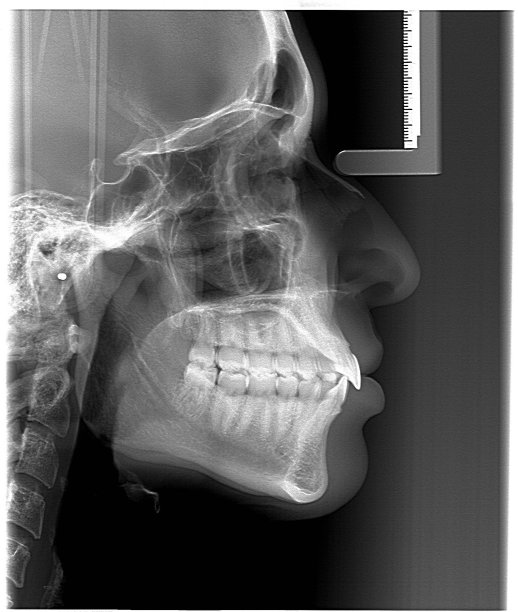Essential Guidelines and Precautions to Ensure Successful Root Canal Treatment and Minimize Patient Discomfort
Summary: Root canal treatment is a complex dental procedure that can induce anxiety among patients. This article outlines essential guidelines and precautions that dentists should adopt to ensure the success of root canal treatment while minimizing patient discomfort. Through a meticulous approach, encompassing preparation, technique, post-treatment care, and patient education, dental professionals can enhance procedural efficiency and comfort. The following sections delve into each area, providing comprehensive insights to promote better outcomes in dental practice.
1. Importance of Thorough Pre-treatment Evaluation

A comprehensive pre-treatment evaluation is crucial in laying the groundwork for successful root canal therapy. Dentists must obtain a detailed medical and dental history of the patient, ensuring any underlying health issues or prior dental work are considered. This assessment aids in tailoring the treatment approach to the unique needs of each patient.
Furthermore, diagnostic imaging, such as X-rays, plays a vital role in identifying the extent of infection and the anatomy of the root canals. These images help inform treatment planning and execution, reducing potential complications during the procedure.
Another critical aspect of pre-treatment evaluation involves discussing the procedure with the patient. Taking the time to explain the steps, expected outcomes, and potential risks can alleviate anxiety and foster a sense of trust in the dental team.
2. Techniques to Minimize Patient Discomfort
Employing effective pain management techniques is key to ensuring patient comfort during root canal therapy. Local anesthesia is typically administered to numb the affected area, significantly reducing sensations during the procedure. However, dentists must assess individual pain thresholds to determine the appropriate dosage.
In addition to local anesthesia, incorporating sedation options, such as nitrous oxide or oral sedation, can further enhance patient comfort. These methods help reduce anxiety and promote relaxation, allowing for a smoother treatment experience.
Maintaining an inviting and calm atmosphere in the dental office also contributes to patient comfort. Simple adjustments, such as soothing music, a gentle demeanor from staff, and clear communication throughout the procedure, can help patients feel more at ease.
3. Importance of Following Established Techniques
Adhering to established root canal techniques is critical for treatment success. Dentists should utilize proven methods, such as the step-back technique or the crown-down technique, to effectively clean and shape the canal system. These techniques not only enhance the effectiveness of the treatment but also minimize the risk of procedural errors.
Additionally, using advanced endodontic instruments and irrigation solutions aids in thorough cleaning. The use of nickel-titanium files, for instance, offers flexibility and precision in navigating complex canal anatomies, thereby improving overall treatment outcomes.
Post-treatment sealing is equally important in preventing reinfection. Dentists must ensure that root canals are adequately filled with appropriate materials, such as gutta-percha, to create a hermetic seal, safeguarding the tooth from future infection.
4. Effective Post-treatment Care and Follow-up
Post-treatment care significantly influences recovery and patient comfort. Dentists should provide clear instructions on what to expect following the procedure, including potential side effects, pain management, and signs of complications to watch for. This guidance empowers patients and minimizes confusion after treatment.
Regular follow-up appointments allow for monitoring of healing progress and early identification of any issues that may arise. During these visits, practitioners can assess the treatments effectiveness and address any concerns expressed by the patient.
Education on maintaining oral hygiene post-treatment is essential for long-term success. Patients should be advised on proper brushing and flossing techniques, as well as the importance of routine dental check-ups to ensure their ongoing dental health.
Summary: Successfully performing root canal treatment requires a multifaceted approach that prioritizes thorough evaluation, effective pain management, adherence to established techniques, and robust post-treatment care. By focusing on these essential guidelines and precautions, dental professionals can significantly enhance both treatment outcomes and patient comfort.
This article is compiled by Vickong Dental and the content is for reference only



